Warner Brothers Discovery has until Monday to match proposals for purchasing the next round of broadcast rights to the US National Basketball Association, which are set to more than double in value to roughly $75bn over 11 years.
The negotiation between the league and media company, whose TNT network has aired NBA games since the 1980s, has become a referendum on the future of live sports rights. For WBD the stakes are high: it is at risk of losing its cornerstone live sports programming amid changes in the broader media landscape.
Last week NBA team owners approved proposals from Disney, Amazon Prime Video and Comcast’s NBC for broadcast rights beginning with the 2025-26 season. WBD’s current contract gives it a chance to match any third-party offers — in this case, those from Amazon and NBC. It has until Monday evening to furnish its own proposal.
People familiar with the discussions, which are ongoing and subject to change, told the Financial Times the definition of what terms constitute a “matching offer” is complex in the current landscape, as traditional cable and linear companies compete directly with tech platforms.
In this case, WBD is more likely to target the proposal by Amazon, the people said, in part because the $1.8bn average annual value for its proposed rights is closer to the $1.2bn per year WBD pays now. The proposal from NBC is worth roughly $2.5bn per year.
It is unclear what could happen next, depending on WBD’s response. One person familiar with the process stressed that WBD would match one of the offers or not, but “this is not a bidding war”.
A spokesperson for TNT Sports said the company had received the proposals from the NBA and was “preparing a response in view of our matching rights”. The NBA, NBC and Amazon all declined to comment.
People familiar with the league and WBD agreed that dollar figures would not be the only criterion evaluated for determining who will prevail. Adam Silver, the NBA commissioner, said last week the league’s goals in negotiating the next round of media rights were partly economic and partly fan services, including offering a mix of broadcast and streaming options as well as international capabilities.
“That’s something that we’ve been very focused on in these deals, not just reach in the United States but reach globally as well,” Silver said, adding that details needed to be worked through “with existing partners” before the contracts could be finalised.
One point the stakeholders are quibbling over is the size and reach of streaming platforms. Amazon Prime Video has more than 200mn monthly viewers as of last year, while WBD’s direct-to-consumer streaming has reached nearly 100mn subscribers through the first quarter of 2024. That includes Max, where US viewers were able to watch simulcasts of NBA games on TNT this season.
A person familiar with WBD noted the disparities between the two companies’ streaming subscriber bases but said any assessment of the NBA rights in question — for domestic US distribution — should be limited to domestic comparisons.
The discussions come at a critical time for WBD, whose executives have weighed a potential break-up of the company as it contends with a $39bn net debt load. Its market capitalisation has fallen by a third to $20.8bn over the past year.
Those circumstances, particularly the market capitalisation, are a consideration for the league, one of the people said.
People on all sides of the negotiations stressed “unknowns remain unknown”, as one person put it — meaning the final rights contracts will not be determined until WBD submits its counterproposal. When all is said and done, however, the overall value of the rights package is set to double, in a reflection of how important live sports are to keeping cable and streaming subscribers.
Analysts at MoffettNathanson wrote this spring that “having the NBA has been a significant source of leverage in driving [affiliate] rates for TNT and across WBD’s broader linear portfolio”.
Some of TNT’s A-list talent have also been outspoken about wanting to keep NBA games on the network, including Hall of Famer Charles Barkley, a co-host of the company’s flagship basketball programme, Inside the NBA. In interviews in recent months, he has criticised WBD chief executive David Zaslav for publicly equivocating over the decision to keep the rights.
“When we merged [with Discovery in 2022], that’s the first thing our boss said, ‘we don’t need the NBA’,” Barkley said on The Dan Patrick Show in May. “Well, he don’t need it, but the rest of the people [on TNT], we need it.”



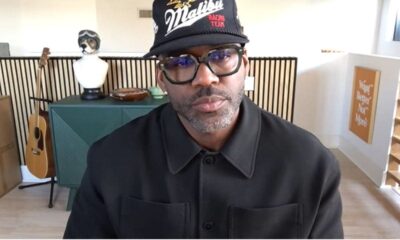

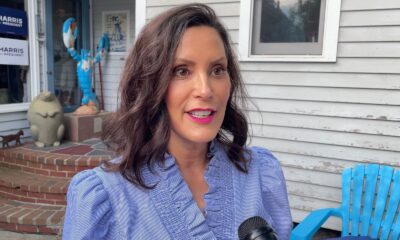



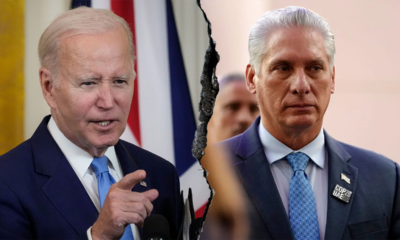









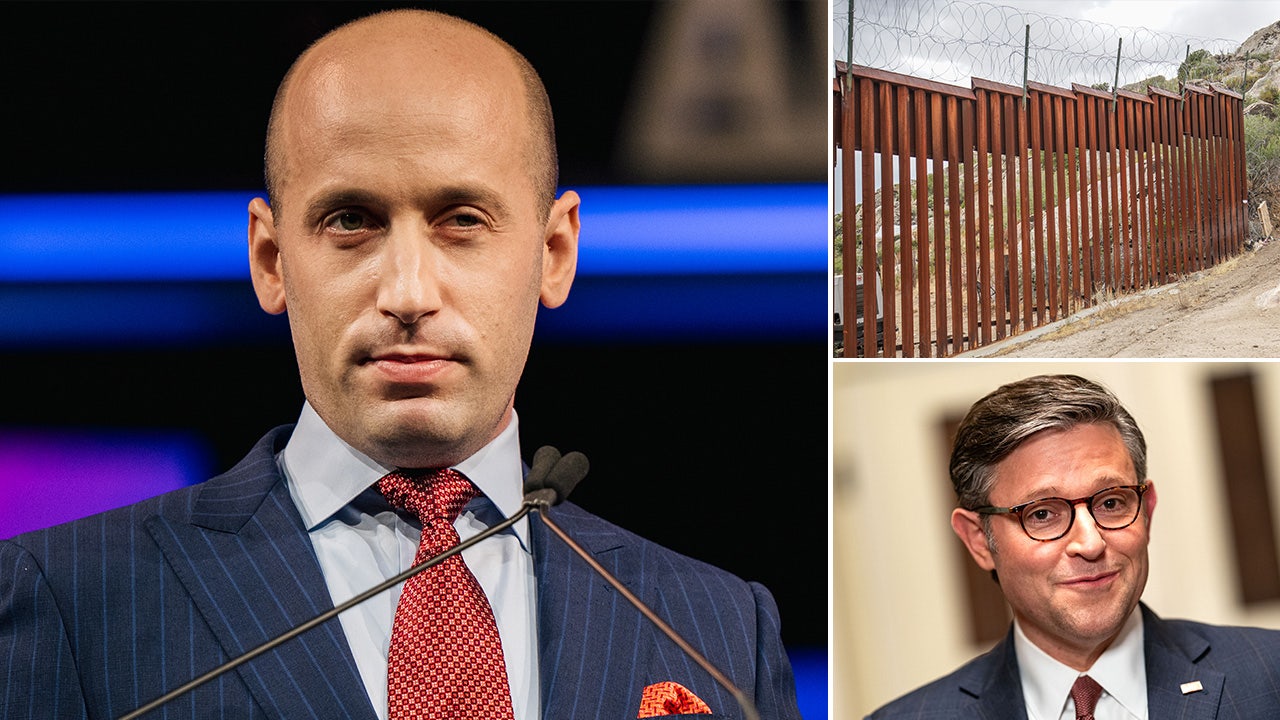
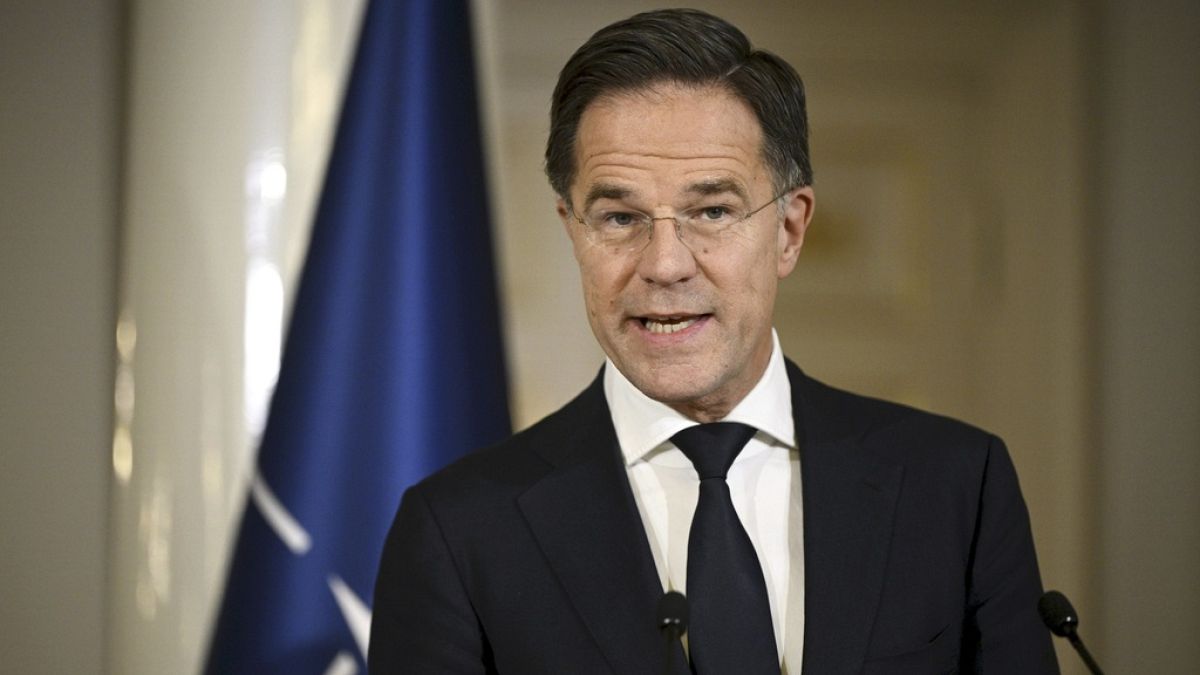

/cdn.vox-cdn.com/uploads/chorus_asset/file/25822586/STK169_ZUCKERBERG_MAGA_STKS491_CVIRGINIA_A.jpg)

/cdn.vox-cdn.com/uploads/chorus_asset/file/25821992/videoframe_720397.png)




